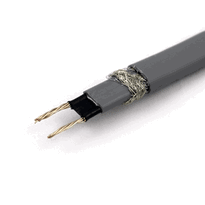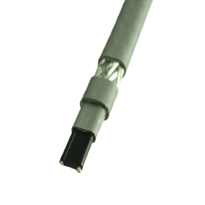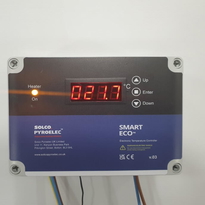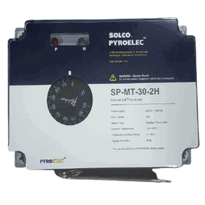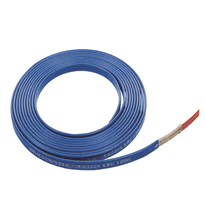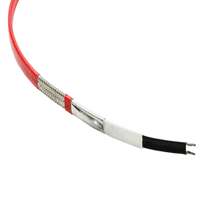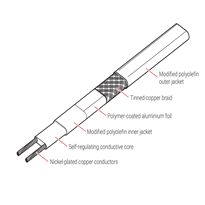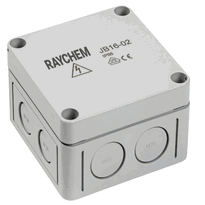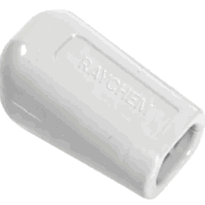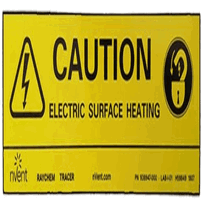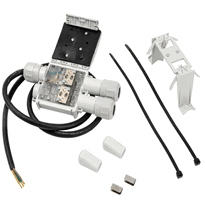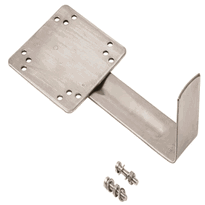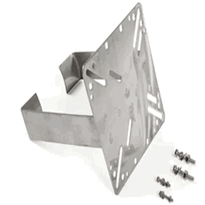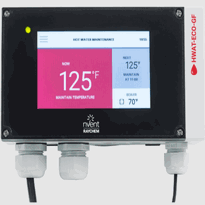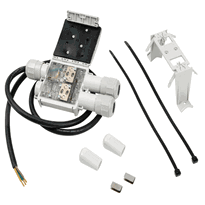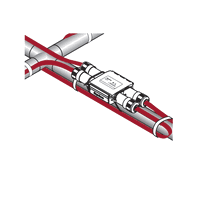Heat Tape for Pipes Under Mobile Home
Selecting the appropriate heat tape for pipes beneath a mobile home requires careful consideration of environmental conditions, pipe material, and insulation requirements. Self-regulating heat tapes are recommended for their energy efficiency and safety, particularly in unheated outdoor or crawl space locations.
When installing, ensure thorough cleaning of pipes beforehand and secure the tape at recommended intervals to prevent movement and ensure optimal contact. Using additional insulation and vapor barriers can significantly enhance performance and protect against moisture damage, prolonging the lifespan of the system.
Accurate measurement of pipe lengths, proper sealing at connections, and regular inspection are essential for maintaining effective freeze protection. Following detailed installation and maintenance guidance will help optimize system reliability and keep pipes safe during cold weather.
Selecting the Right Heat Tape for Mobile Home Plumbing
Choosing the suitable heat tape for mobile home plumbing necessitates a clear understanding of the different types available, their features, and their suitability for outdoor or damp conditions. Self-regulating heat tapes adjust their heat output based on ambient temperature, which enhances energy efficiency and safety. However, they tend to be priced higher. Self-regulating heat cables can save energy by turning down when the temperature rises, reducing energy consumption and extending their lifespan. Non-self-regulating tapes provide consistent heat regardless of environmental conditions, making them less energy-efficient and potentially riskier if used in situations where temperatures rise above freezing. Silicone rubber heat tapes are resistant to chemicals and moisture and equipped with adjustable thermostats and grounding options. These typically cost between £8 and £13 per meter. Fiberglass-insulated tapes offer higher temperature ratings, capable of handling up to approximately 480°C, and are versatile for various applications. They generally don't have built-in controls and are priced around £7 to £11 per meter. When selecting the appropriate heat tape, factors to consider include the environment of use, budget constraints, and the specific requirements for pipe protection. Proper insulation and moisture resistance are critical to prevent condensation and potential damage.
Proper Installation Techniques for Mobile Home Pipes
Effective installation of heat tape on mobile home pipes begins with thorough preparation of both the surface and the pipes themselves.
Cleaning the pipes ensures maximum adhesion and efficiency, which involves removing dirt, grease, and moisture. Proper cleaning methods can further improve adhesion and prevent corrosion over time. Inspecting pipes for leaks or damage is essential to prevent malfunctions and water damage. It's important to dry surfaces completely, especially in crawl spaces where moisture can accumulate. Confirming compatibility between heat tape and pipe material is crucial to prevent damage. When measuring, account for the total length, bends, and connections to ensure adequate coverage.
Secure the tape using the manufacturer-recommended application tape at six-inch (15 cm) intervals, with additional support from plastic zip ties or clips. Avoid overlapping the tape, and leave the ends exposed for sealing purposes.
Regularly check connections for tightness during the colder months to prevent any issues.
Enhancing Efficiency With Pipe Insulation and Vapor Barriers
Enhancing the efficiency of pipe systems in mobile homes involves implementing insulation and vapor barriers that minimize heat loss, prevent damage, and improve overall energy performance.
Proper insulation, such as foam sleeves or fiberglass wraps, significantly reduces heat transfer, leading to energy savings and preventing pipes from freezing during cold weather. Key Benefits of Pipe Insulation Insulation materials that are compatible with stucco cladding can provide additional weather resistance and durability.
Adding vapor barriers, which are plastic wraps or coatings, protects insulation by preventing moisture intrusion that could cause mold, corrosion, and degradation over time.
Combining these materials increases the lifespan of plumbing components and maintains consistent water temperatures, which boosts comfort and reduces energy consumption.
Applying insulation and vapor barriers in unheated or damp areas, like crawl spaces, is vital for long-term durability and efficiency. Using stucco cladding in exterior environments offers enhanced protection against weather, further supporting insulation effectiveness.
This approach optimizes energy use and promotes reliable plumbing performance in mobile homes.
Maintenance and Safety Measures for Long-Term Freeze Protection
Regular inspection and maintenance of heat tape are vital components of long-term freeze protection, ensuring that the system remains functional and safe throughout the colder months. To achieve this, homeowners should routinely
- Visually inspect the heat tape annually for signs of discoloration, cracking, melting, or physical damage that could compromise safety and effectiveness.
- Replace heat tape every three years to prevent failures caused by ongoing wear from exposure to moisture, weather conditions, and electrical elements.
- Ensure end caps remain waterproof and are positioned above ground level to minimize moisture contact and extend the lifespan of the installation.
- Use only heat tapes that are certified by recognized standards such as UL or CSA, which incorporate built-in safety features.
Additionally, regularly check electrical connections, particularly the Ground Fault Circuit Interrupter (GFCI) outlets, to confirm they're functioning correctly. Confirmation of proper electrical connections is essential for overall safety. To further reduce risks, consider installing insulation jackets around the heat tape to improve its efficiency and protect against environmental damage. Implementing this systematic approach minimizes hazards and maintains reliable freeze protection throughout the winter season.
Conclusion
Selecting the correct heat tape, ensuring proper installation, and supplementing with suitable insulation and vapor barriers are key steps in protecting pipes under mobile homes. Regular maintenance and safety inspections are vital to maintaining long-term freeze prevention. By following these clear and systematic steps, homeowners can reduce the risk of pipe damage during cold weather conditions. Adopting a comprehensive approach emphasises durability, safety, and efficiency, ultimately safeguarding plumbing systems against the challenges of winter temperatures with consistent reliability.








